Throughout the history of art, Spanish-speaking artists have forged an important position as pioneers. Fearlessly taking risks, they often incorporate symbols and techniques that recall their native cultures. Beyond this, many of the most famous Hispanic artists also use their creativity as a platform to discuss political and social upheaval in an effort to effect change and inspire national pride.
No.1 Diego Velázquez - 1599 – 1660

Diego Velázquez was a Spanish painter of the 17th century who produced "Las Meninas", possibly his most famous painting and many renowned portraits as a member of the royal court of King Philip IV.
Diego Rodríguez de Silva y Velázquez was born in Seville, Spain, around June 6, 1599. At the age of 11, he began a six-year apprenticeship with local painter Francisco Pacheco. Velázquez's early works were of the traditional religious subjects favored by his master, but he was also influenced by the naturalism of Italian painter Caravaggio. Velázquez established his own studio after completing his apprenticeship in 1617. He became famous for his realistic and complex portraits as a member of the court of King Philip IV, a position he held for nearly 40 years. Diego Velázquez had a successful career that made him the leading artist of what is known as the Spanish Golden Age.
In his later years, the Spanish master produced a renowned portrait of Pope Innocent X and the famous "Las Meninas". He died on August 6, 1660, in Madrid.
Velázquez is remembered as one of the great masters of Western art. Pablo Picasso and Salvador Dalí are among the artists who considered him a major influence, while French Impressionist Édouard Manet described the great Spaniard as "the painter of painters."
Buy a reproduction of the Self-Portrait - Diego Velázquez in the Kuadros online store
No.2 Francisco de Goya - 1746 – 1828

Francisco Goya, full name Francisco José de Goya y Lucientes, (born March 30, 1746, Fuendetodos, Spain; died April 16, 1828, Bordeaux, France).
Francisco Goya, one of the most influential painters of the 18th century, achieved enormous success during his lifetime. His work is often associated with the Romantic movement and is considered one of the last great Old Masters. One of Goya's most famous paintings, The Third of May 1808 in Madrid, is a politically charged masterpiece that honors Spanish resistance during Napoleon's occupation of the country. This innovative work set a new precedent for how the horrors of war were represented in art.
His study of Velázquez's works in the royal collection resulted in a more flexible and spontaneous painting technique. At the same time, Goya achieved his first popular success. He was elected to the Royal Academy of San Fernando in 1780, appointed court painter in 1786, and became the first painter of the Spanish court in 1789. A serious illness in 1792 left Goya permanently deaf. He developed a bold, free style close to caricature. In his religious frescoes, he employed a broad and free style and an unprecedented earthy realism in religious art. Goya served as director of painting at the Royal Academy from 1795 to 1797 and was appointed the first painter of the Spanish court in 1799.
During the Napoleonic invasion and the Spanish War of Independence from 1808 to 1814, Goya was the court painter of France. After the restoration of the Spanish monarchy, Goya was pardoned for serving the French, but his work was not favored by the new king. In 1816, he published his engravings on bullfighting, called Tauromaquia. From 1819 to 1824, Goya lived reclusively in a house on the outskirts of Madrid. Free from judicial restrictions, he adopted an increasingly personal style. In the Black Paintings, executed on the walls of his house, Goya expressed his darkest visions. A similar nightmarish quality pervades the Satirical Proverbs, a series of engravings also called Proverbios. In 1824, after the failure of an attempt to restore the liberal government, Goya voluntarily exiled himself to France. He settled in Bordeaux and continued to work until his death on April 16, 1828.
Today, many of his best paintings are in the Museo del Prado in Madrid.
Buy a reproduction of the Self-Portrait - Francisco Goya in the Kuadros online store
No.3 Frida Kahlo - 1907 – 1954

Magdalena Carmen Frida Kahlo Calderón (Coyoacán, July 6, 1907 - Coyoacán, July 13, 1954)
The Mexican artist Frida Kahlo is remembered for her self-portraits, pain and passion, and vibrant, bold colors. She is celebrated in Mexico for her attention to Mexican and indigenous culture and by feminists for her portrayal of female experience and form.
With her deeply personal and symbolic work, she has become one of the most famous artists of the 20th century. For much of her career, she was often overlooked simply as the wife of Diego Rivera, but appreciation for her paintings has only grown since the 1970s onwards. Fiercely proud of her Mexican identity, she often incorporated pre-Columbian symbols in her paintings and is known for her colorful Mexican dress. Kahlo, who suffered health issues throughout her life due to a bus accident in her youth, endured multiple fractures of her spine, collarbone, and ribs, a shattered pelvis, a broken foot, and a dislocated shoulder. She began to focus heavily on painting while recovering with a body cast. In her lifetime, she had 30 operations. The experience of life is a common theme in the approximately 200 paintings, sketches, and drawings of Kahlo. Her physical and emotional pain is clearly depicted on the canvases, as is her turbulent relationship with her husband, fellow artist Diego Rivera, whom she married twice. Of her 143 paintings, 55 are self-portraits. The devastation of her body from the bus accident is portrayed in great detail in The Broken Column. Kahlo presents herself almost nude, split in half, with her spine depicted as a broken decorative column. Her skin is spattered with nails. She is also equipped with a surgical apparatus.
Widely known for her Marxist inclinations, Frida, along with revolutionary Marxist Che Guevara and a small band of contemporary figures, has become a countercultural symbol of the 20th century and created a legacy in painting that continues to inspire imagination and thought.
She saw her flourishing career interrupted due to her premature death at the age of 47. Her legacy remains alive and continues to be an icon of many feminist and political movements.
No.4 Diego Rivera - 1886 – 1957


Diego María de la Concepción Juan Nepomuceno Estanislao de la Rivera y Barrientos Acosta y Rodríguez, known as Diego Rivera (Guanajuato, 1886 - Mexico City, 1957), was a prominent Mexican painter. His large frescoes helped establish the mural movement in Mexican and international art.
Mexican by birth, Rivera spent a good part of his adult life in Europe and the United States, as well as in his home in Mexico City. Early in his career, he dabbed in cubism and then embraced post-impressionism, but his unique style and perspective are immediately recognizable as his own. He was involved in the world of politics as a dedicated Marxist and joined the Mexican Communist Party in 1922. He welcomed Russian exile Leon Trotsky and his wife into his home in Mexico City during the 1930s. He lived through unstable times and led a turbulent life; Diego Rivera, widely known for his Marxist inclinations, along with revolutionary Marxist Che Guevara and a small band of contemporary figures, has become a countercultural symbol of the 20th century and created a legacy in art that continues to inspire imagination and thought.
He helped forge a national identity based on Mexicanity. This pride in Mexican identity is visible in Rivera's art through his palette of vivid colors and the use of simplified forms influenced by Maya and Aztec art. While some of his most well-known works are in Mexico City, Rivera also painted extensively in the United States. His mural Man at the Crossroads was removed from Rockefeller Center in New York due to an image of Lenin in the work.
No.5 Pablo Picasso - 1881 – 1973


Pablo Picasso, full name Pablo Diego José Francisco de Paula Juan Nepomuceno Crispín Crispiniano María Remedios de la Santísima Trinidad Ruiz Picasso, also known (before 1901) as Pablo Ruiz or Pablo Ruiz Picasso, (born October 25, 1881, Málaga, Spain; died April 8, 1973, Mougins, France), was a Spanish expatriate painter, sculptor, printmaker, ceramist, and stage designer, one of the greatest and most influential artists of the 20th century and the creator (with Georges Braque) of cubism.
He was a child prodigy who first mastered classical techniques before going out on his own to destroy the traditional way of creating art. His body of work is staggering, as he produced approximately 50,000 artworks during his life, including paintings, sculptures, ceramics, drawings, and prints.
As one of the progenitors of cubism in the early 1900s, he avoided reality in art and aimed to represent the purely abstract, something that had not been done that way before. Picasso's main body of work is divided into quite distinct periods, starting with the Blue Period, then the Rose Period, the African influence Period, the Cubism Period, and the Surrealism and Classicism Periods.
Because Picasso's art from the time of Les Demoiselles was of a radical nature, nearly no artist of the 20th century could escape its influence. Picasso continued to be an innovator in the last decade of his life. That led to misunderstandings and criticism both in his lifetime and since then, and it was only in the 1980s that his later paintings began to be appreciated both for themselves and for their profound influence on the rising generation of young painters. As Picasso was able to sell works at very high prices starting in the 1920s, he was able to retain most of his work in his own collection.
No.6 Salvador Dali - 1904 – 1989

Salvador Felipe Jacinto Dalí i Domènech, marquis of Dalí de Púbol (Figueras, May 11, 1904 - Figueras, January 23, 1989).
He is considered one of the foremost representatives of surrealism.
With a career spanning over six decades, Salvador Dalí is one of the most influential artists in modern art. Famous for his surrealist paintings such as The Persistence of Memory, Dalí was also a prolific sculptor, filmmaker, photographer, and illustrator. He even created a cookbook based on the legendary dinners he and his wife Gala would host.
From an early age, Salvador Dalí was encouraged to practice his art, and eventually studied at an academy in Madrid. In the 1920s, he went to Paris and began interacting with artists like Pablo Picasso, René Magritte, and Miró, which led to Dalí's first surrealist phase.
He was a highly imaginative artist, with a tendency toward narcissism and megalomania, who enjoyed attracting public attention. This behavior irritated those who appreciated his art and justified his critics, who rejected his eccentric conduct. Dalí attributed his love for everything golden and excessive, his passion for luxury, and his love for Eastern fashion to a self-proclaimed Arabic lineage, tracing his roots back to the time of Arabic domination of the Iberian Peninsula.
As war approached in Europe, specifically in Spain, Dalí clashed with members of the surrealist movement. At a "trial" held in 1934, he was expelled from the group.
In 1980, Dalí was forced to retire from painting due to a motor disorder that caused him permanent tremors and weakness in his hands. He could no longer hold a brush, having lost the ability to express himself in the way he knew best. More tragedy occurred in 1982, when Dalí's beloved wife and friend, Gala, died. The two events sent him into a deep depression. He moved to Pubol, to a castle he had bought and remodeled for Gala, possibly to hide from the public or, as some speculate, to die. In 1984, Dalí was severely burned in a fire. Due to his injuries, he was confined to a wheelchair. Friends, patrons, and fellow artists rescued him from the castle and brought him back to Figueres, making him comfortable in the Teatro-Museo. In November 1988, Dalí was admitted to a hospital in Figueres with a failing heart. After a brief convalescence, he returned to the Teatro-Museo. On January 23, 1989, in the city of his birth, Dalí died of heart failure at the age of 84. His funeral was held in the Teatro-Museo, where he was buried in a crypt.
With an eclectic and eccentric personality that matched his artistic output, he continues to captivate the public's imagination 30 years after his death.
No.7 Fernando Botero - 1932 –

Fernando Botero (Colombian, born in 1932) is renowned for his painted and sculpted scenes featuring animals and figures with inflated proportions, reflecting the artist's preference for satire, caricature, and political commentary. Born in Medellín, Colombia, he was the second of three children; his father, a street vendor, died when Botero was just four years old. His mother had to work as a seamstress to support the family. After a stint in a bullfighting school, Botero decided that art was his true calling, and in 1948, at the age of 16, he had his first exhibition. Three years later, after moving to Colombia's capital, Bogotá, he hosted his first solo exhibition.
In the 1950s, he traveled to various European countries, including Spain, Italy, and France, to study the work of Renaissance and Baroque masters. He also traveled to Mexico to familiarize himself with the current Mexican avant-garde. Botero became famous for the varied source material he used, from Colombian folk images to canonical works by Diego Velázquez, Pablo Picasso, and Francisco Goya.
In his depictions of contemporary Latin American life, he portrays the poverty and violence that prevail in Colombia in somber images, as well as in his iconic inflated figures, satirical images of Latin American presidents, first ladies, and government officials. A meeting with Dorothy Miller of the Museum of Modern Art in the early 1960s proved to be a turning point in his career; she acquired his work at a time when abstraction was the famous language, and then exhibited his work in a major museum exhibition, solidifying his international reputation.
In the 1970s, Botero moved to Paris, where he created large sculptures of figures with his signature inflated forms. He remains committed to images of his Latin American hometown and openly political imagery; his recent works include large paintings of prisoners in Abu Ghraib in direct commentary on the war in Iraq. Botero has exhibited his work at the Museum of Modern Art in Copenhagen, the Maillol Museum in Paris, the Palazzo Benezia in Rome, the Hermitage Museum in St. Petersburg, and the National Museum in Bogotá. He currently lives and works in Paris, Monte Carlo, and New York.
Botero is now 80 years old and as prolific as ever. An avid creator, he has produced thousands of paintings and hundreds of sculptures and will continue to captivate with his personal brand of people and objects. As Botero himself says, "an artist is never complete".
KUADROS ©, a famous painting on your wall.


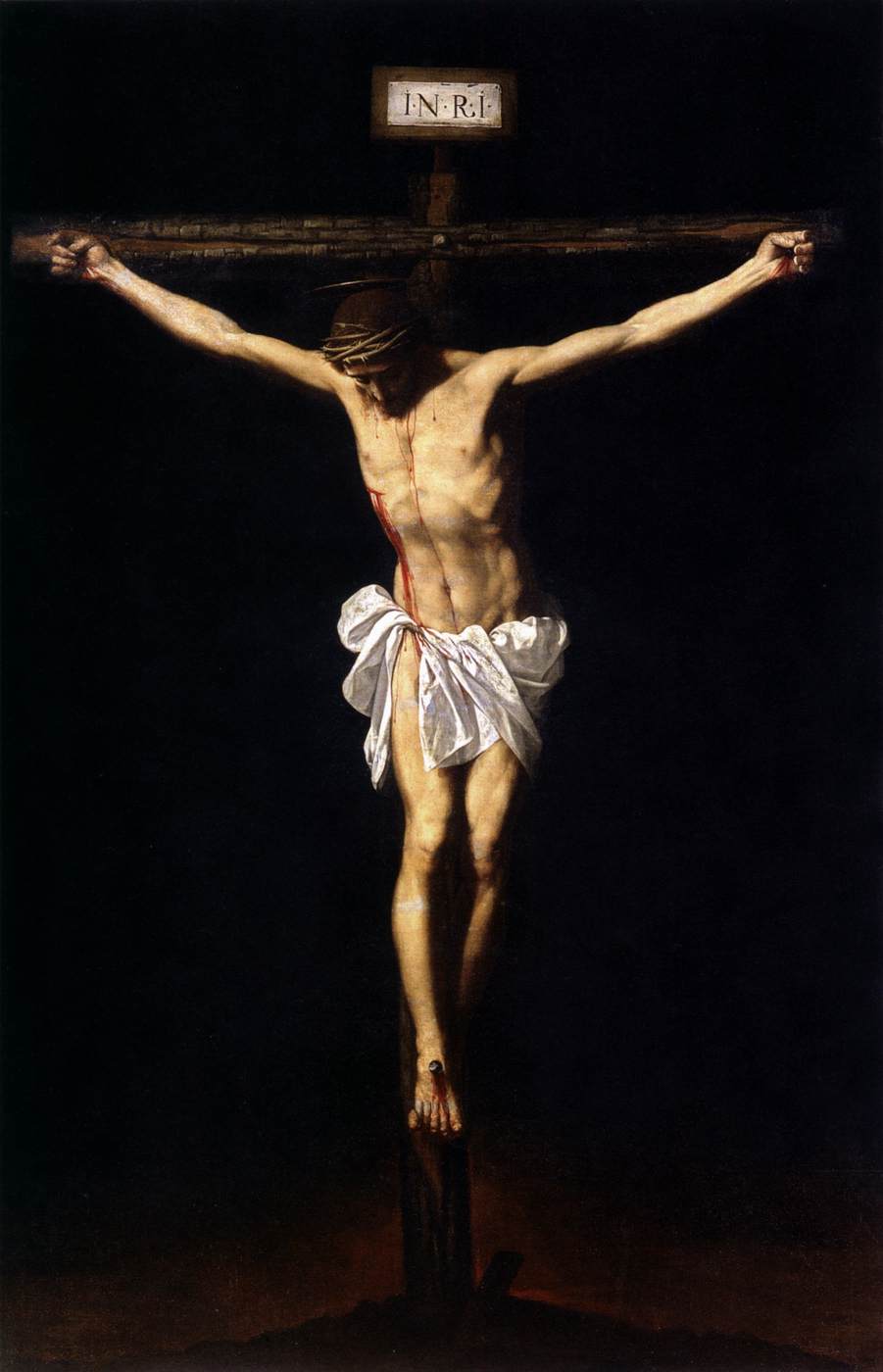
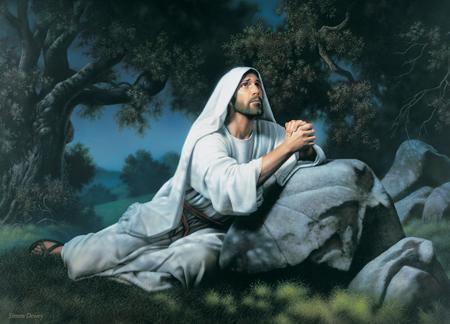
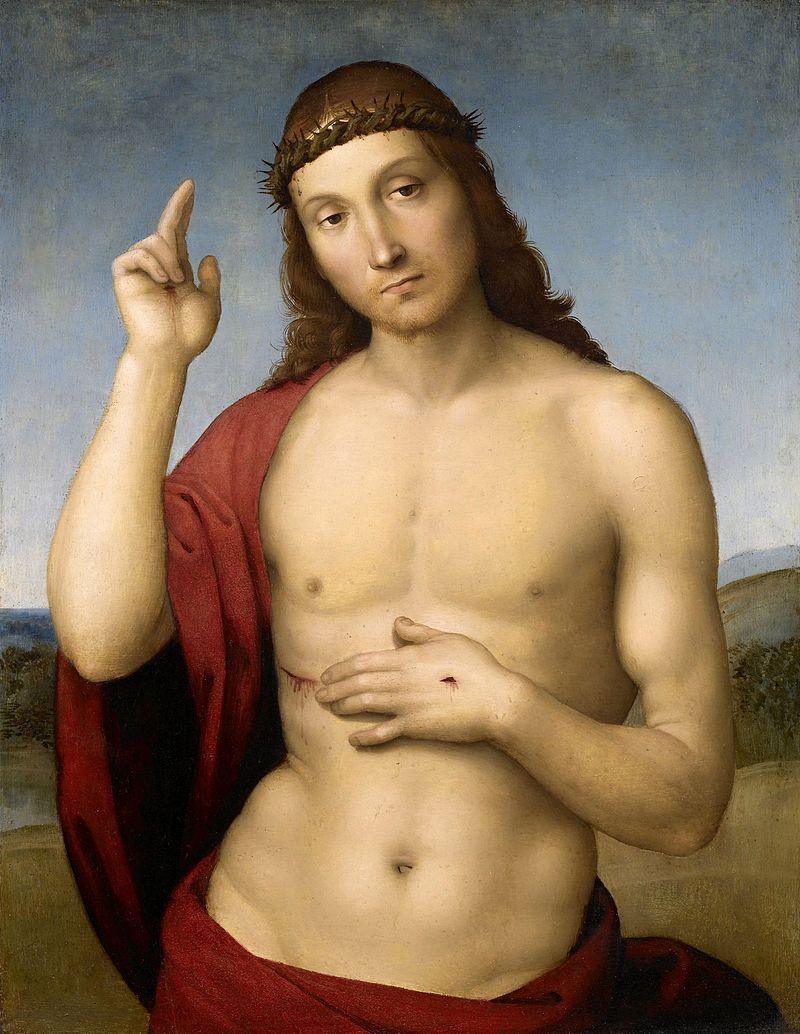
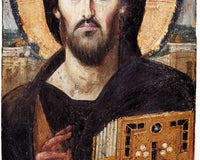
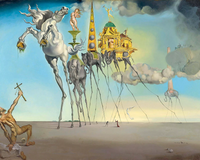
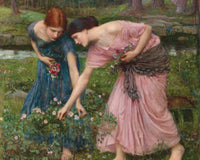
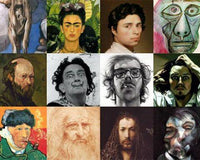

1 comment
CACA
CAAAAACCCAAAAA